Sharpening a Router Plane with Vic Tesolin
A hollow-grind makes a difficult task simple and fast.
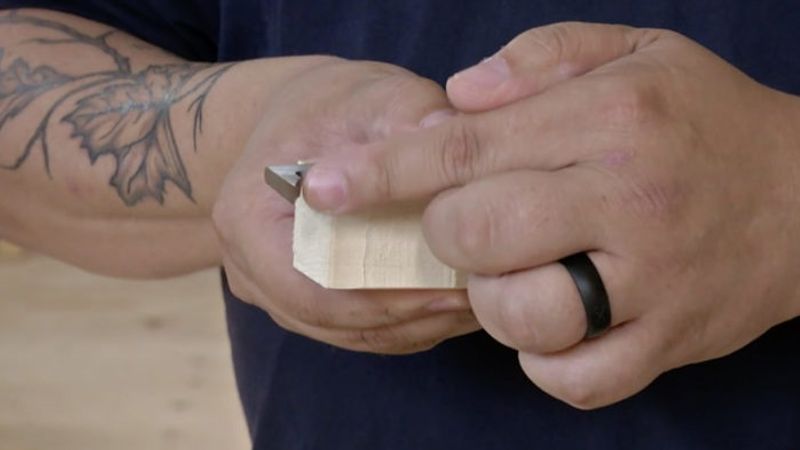
A router plane is a tool many woodworkers find indispensable for joinery work. But sharpening a router plane blade can be a difficult task if the blade is one of the older-style integral blades. Many of the newer models can be disassembled and put into a honing guide, but the older-style blades are made from one solid piece of metal. Vic Tesolin adds a hollow grind to his blades, giving you two faces to rest on the sharpening stone, making it much easier to get a consistent bevel. This could be done many ways, but as Vic learned from Derek Cohen, the job is made easier by using a V-block to hold the blade steady. Then, a sanding drum chucked into the drill press makes quick work of the hollow grind.
More on FineWoodworking.com:
- Dan Faia – Why You Need a Router Plane
- Garrett Hack – Handplanes I Can’t Live Without
- Video: Garrett Hack – How to Use a Router Plane
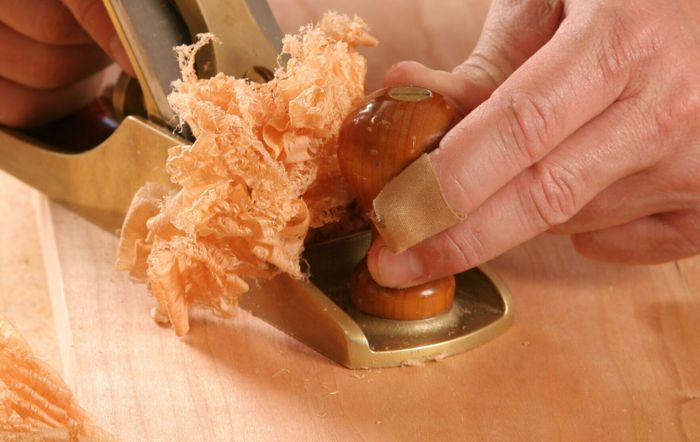

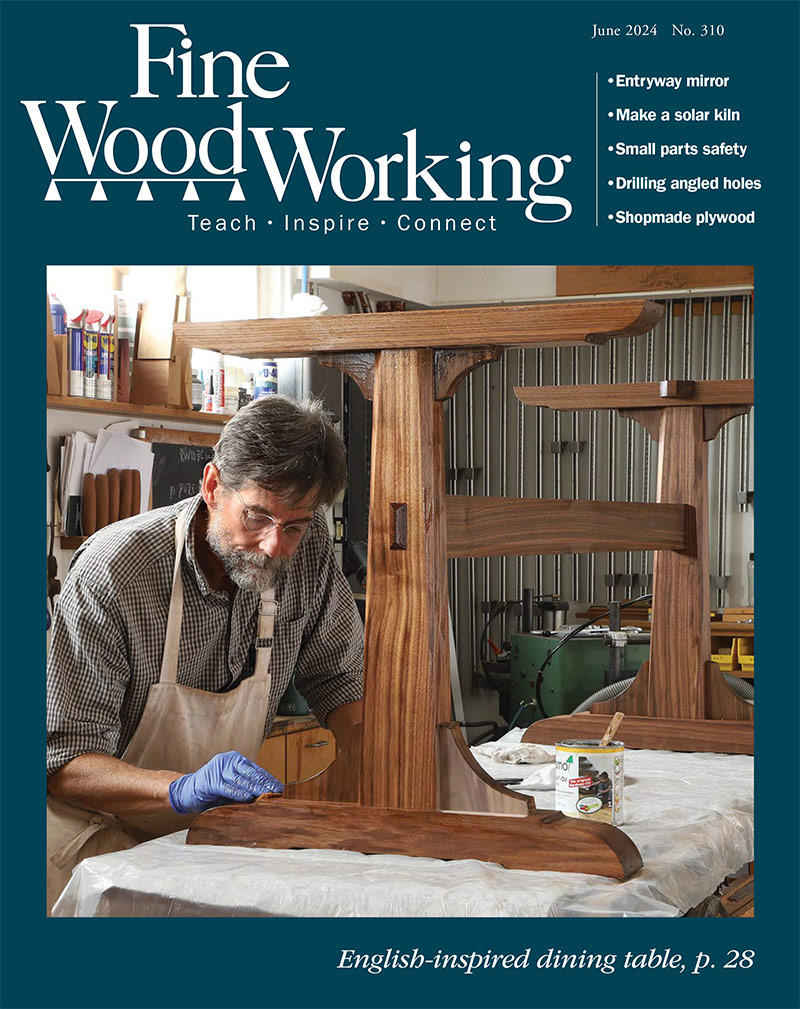

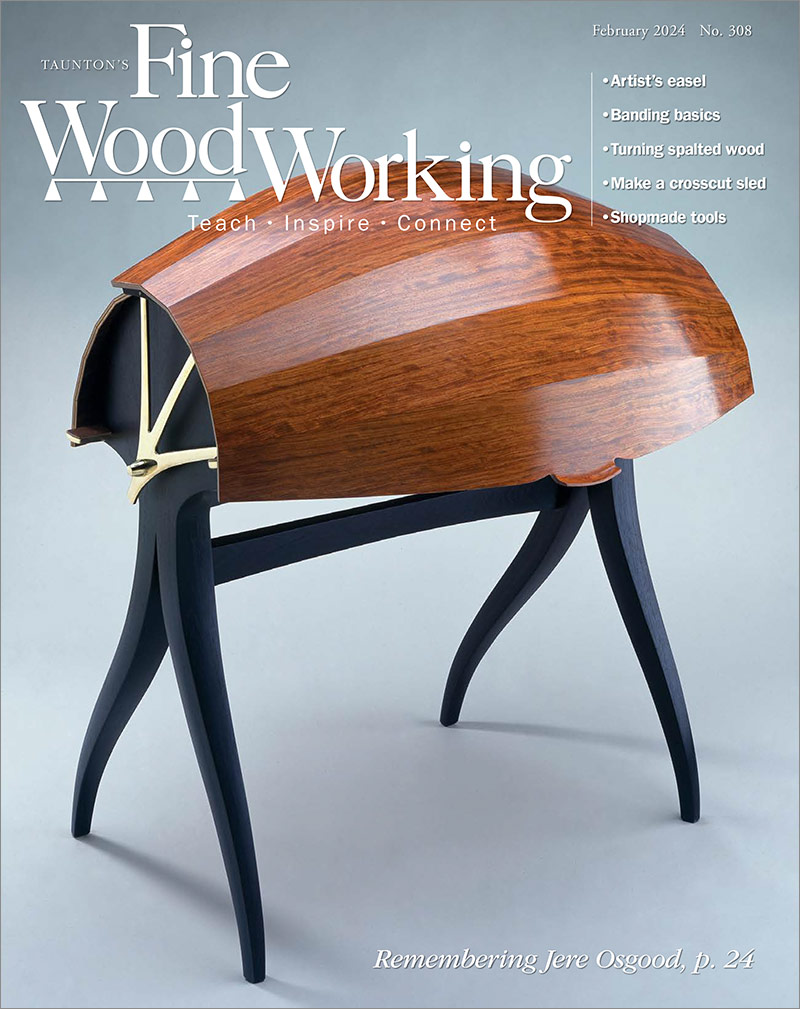
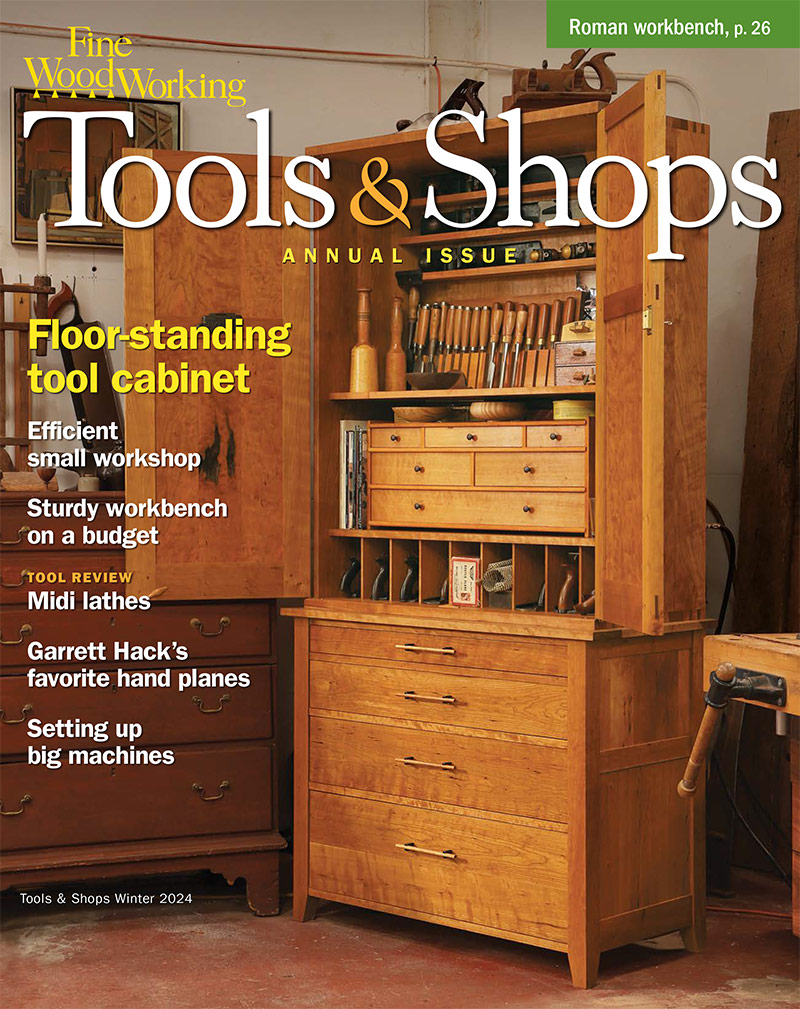
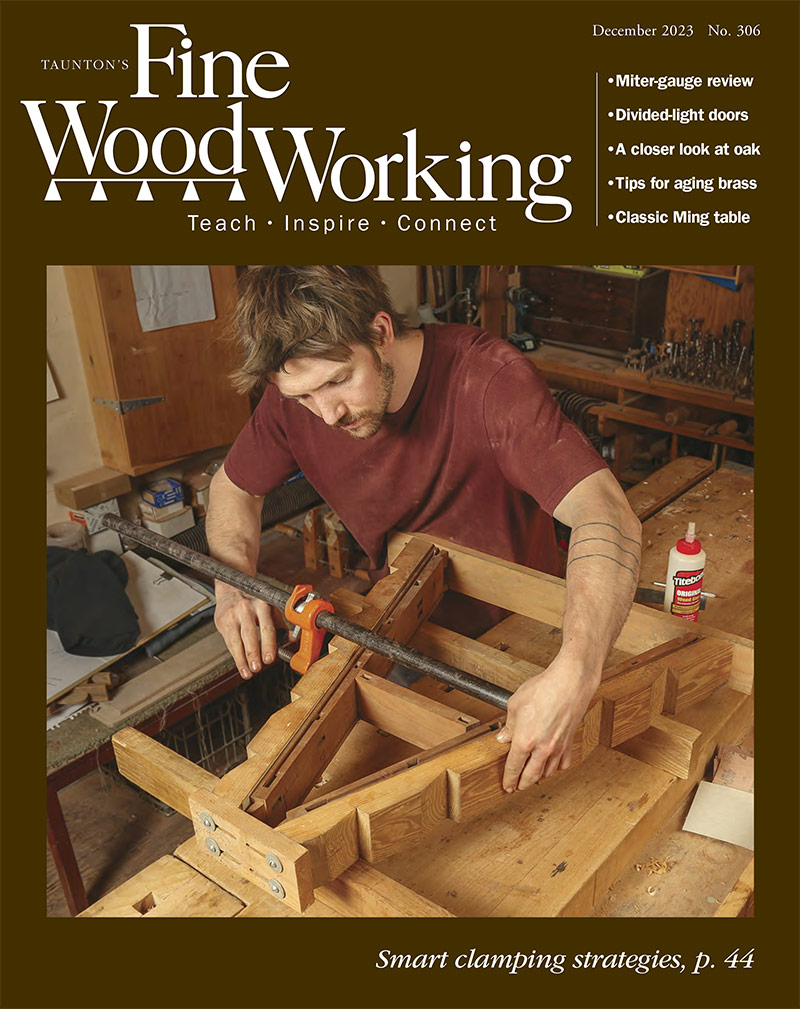
Comments
I listened to the discussion of this topic on thr shop talk pod cast and watched the video... I just don't get the dilemma.
With a bevel that big and wide it's a piece if cake to just sharpen the bevel free hand on a stone. You would have to try hard to screw it up.
LOL! Don't forget another one of Murphy's Laws: "Murphy's an 'Over Achiever'".
LOL! As a dear friend used to say: "Murphy never sleeps".
My eyes must truly need an eye exam. I think I only saw Vic making a hollow-ground on the top of the blade, but left the bevel untouched. Then he flattened the base on the flat stone. He never sharpened the bevel. As the first commentor states above, "...just sharpen the bevel free hand on a stone." One would obviously also flaten the base. So, why create the hollow-ground cut?
Yes, he did flatten the base - when he removed the burr. (If it had not been flat to begin with, he would've seen it at that time and given it further attention.) As to "The Bevel", I'm guessing the "Sharp Point" the blade comes to works for him. You could add a micro-bevel as you do with plane blades and chisels, but, if it's already working - "Don't mess with success", as they say.
I would like to find an easy way of sharping a blade that comes to a point. Any ideas! I've been sharpening by eye using a small diamond stone.
I just ooch an oilstone next to the edge of the bench and hone these cutters side-to-side (dropping the long arm off the bench), maintaining the original flat bevel and angle. Same with the "pointy" cutter - one side on the outward stroke, the other side on the inward stroke. There's nothing to it. Never has been. A light touch does it. If you press too hard, it makes it hard. Let the stone do the work.
Another aspect of sharpening a router plane blade is ensuring that when it's locked in place the bottom leading edge of the blade is parallel to the plane of the sole. Paul Sellers does that by putting masking tape over the plane's sole (leaving a small gap), extending the blade until it just kisses his diamond stone and then going side to side to see if there's an even scratch pattern or if the blade's only touching in one place or the other. If it is, he polishes it until it's evenly flat there at the leading under edge and he says he should not have to do it again for a very long time.
Log in or create an account to post a comment.
Sign up Log in